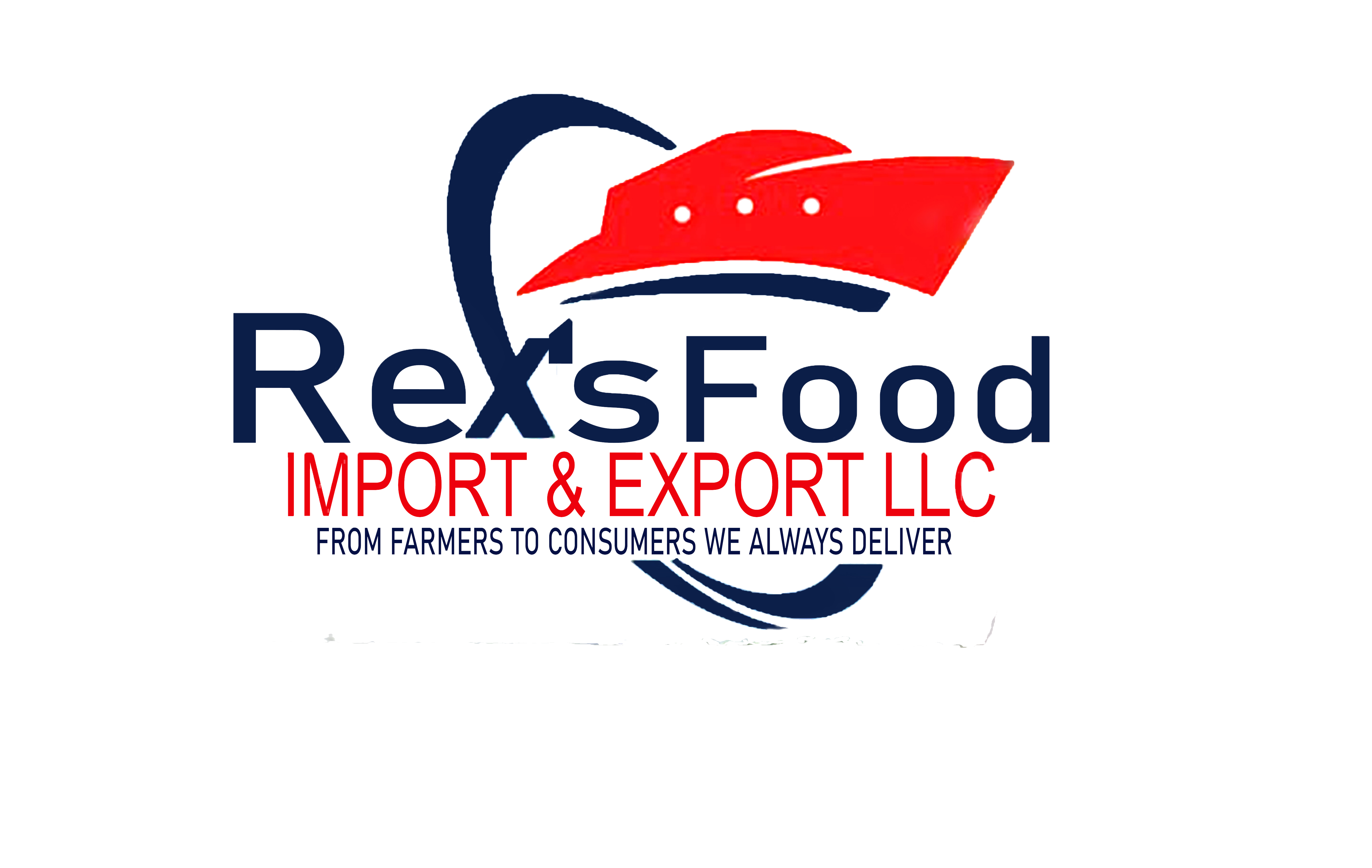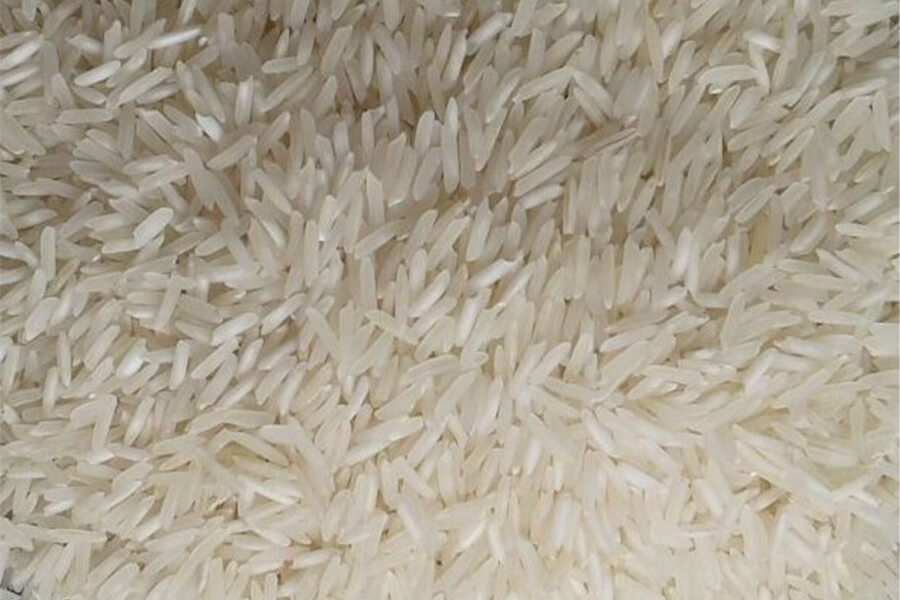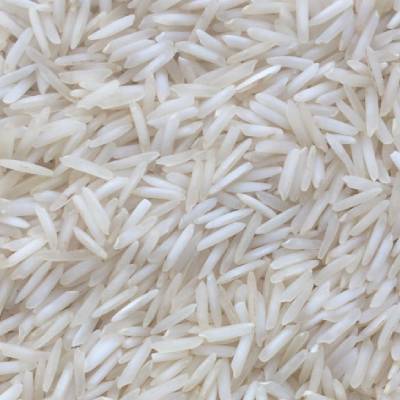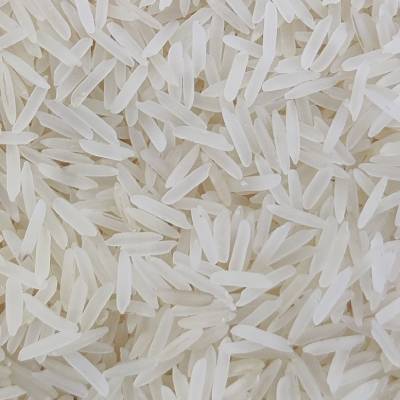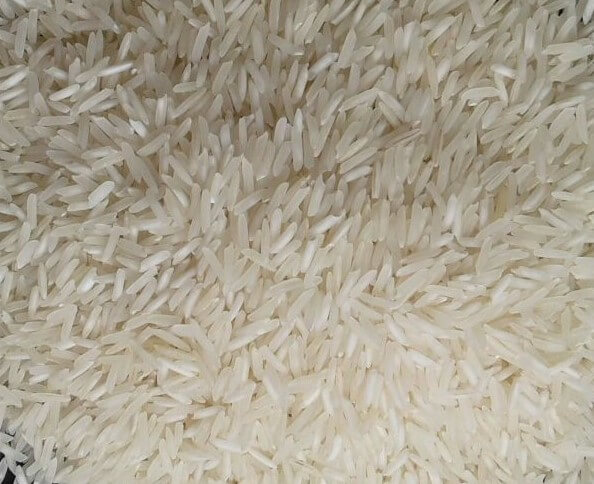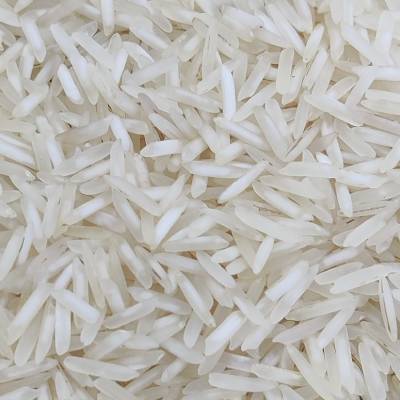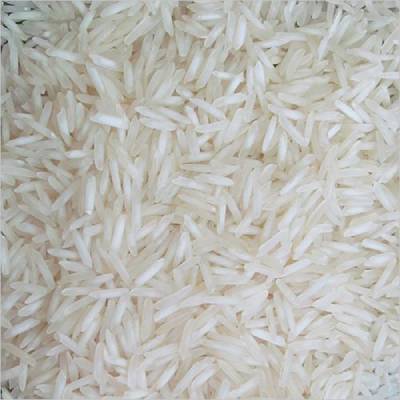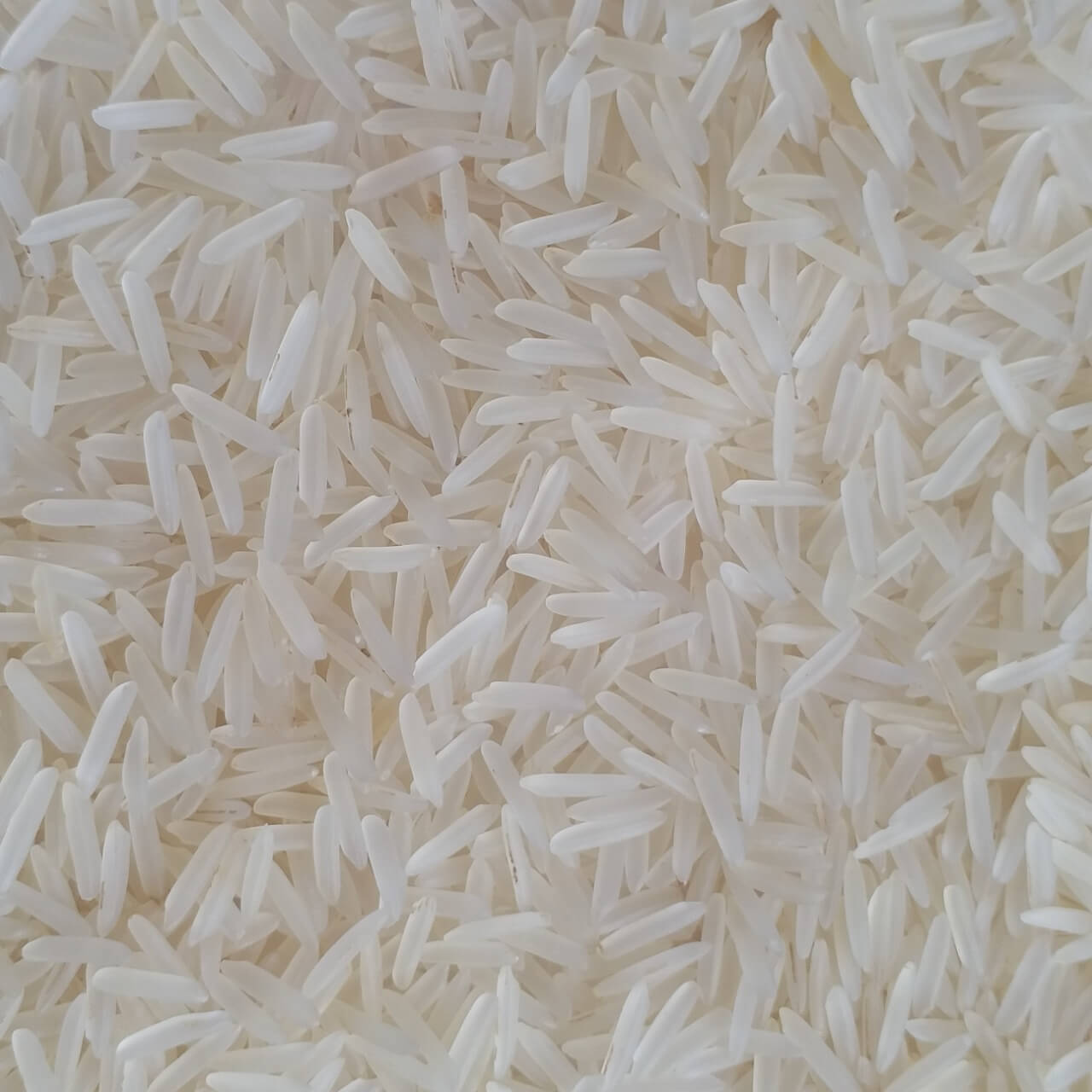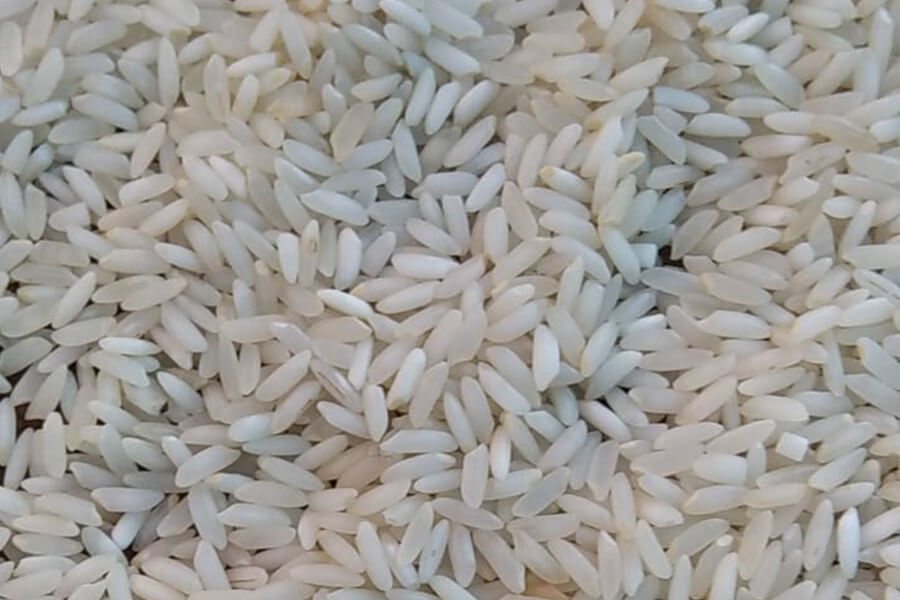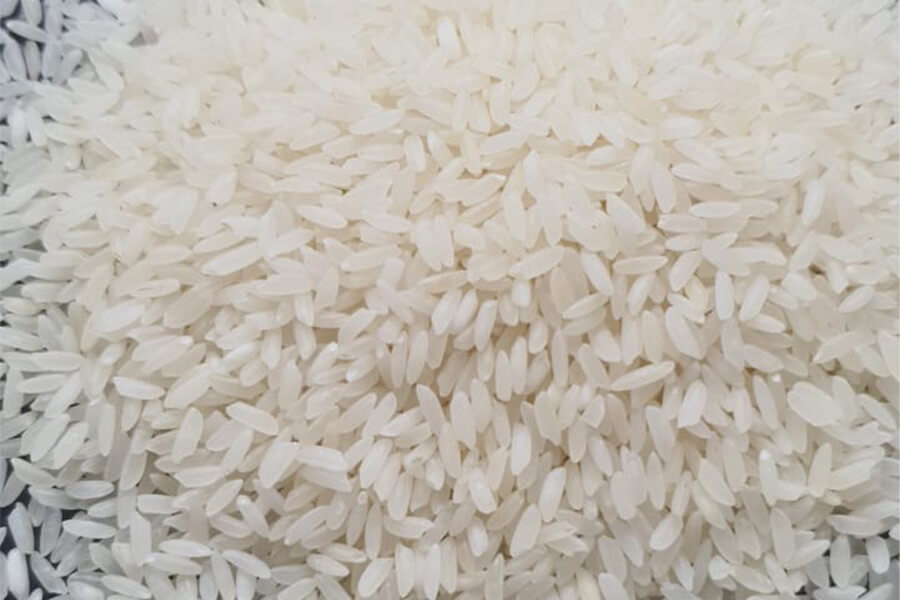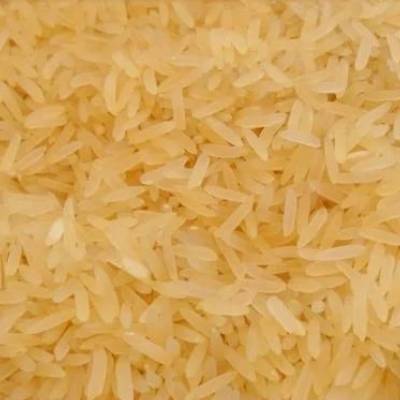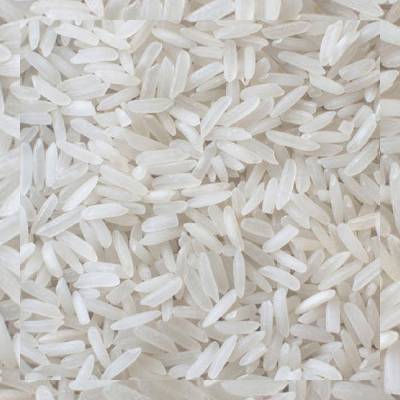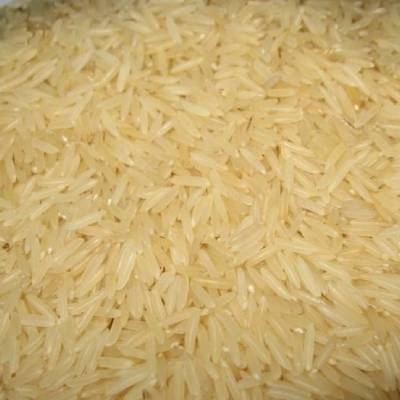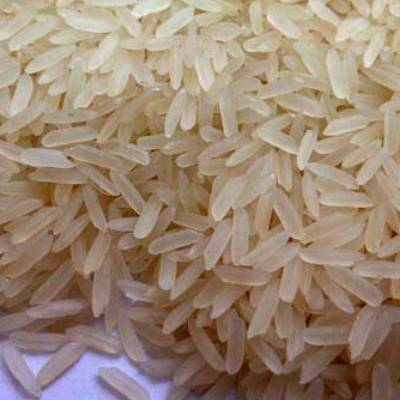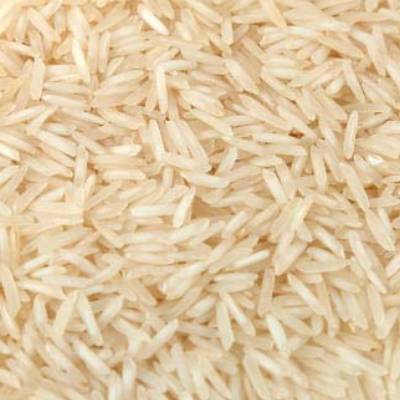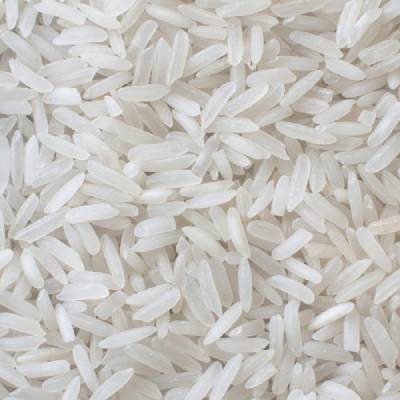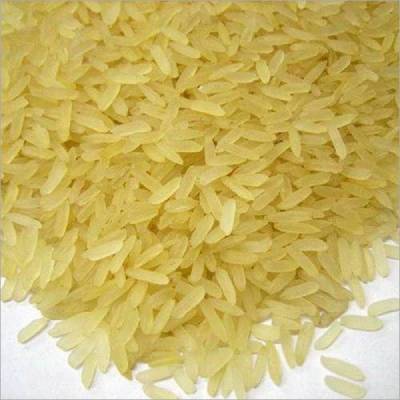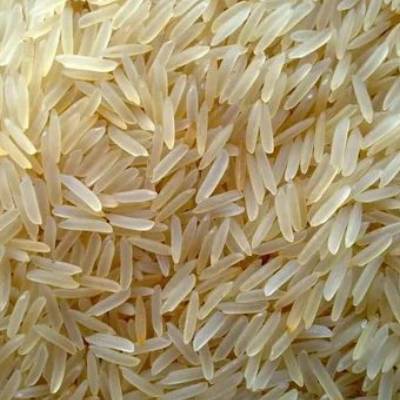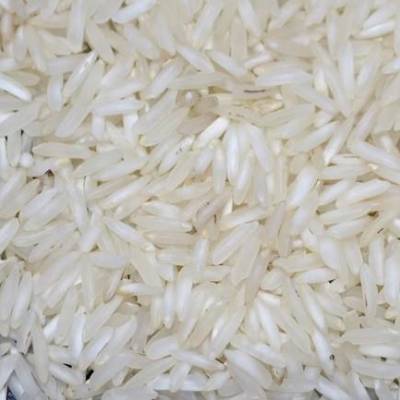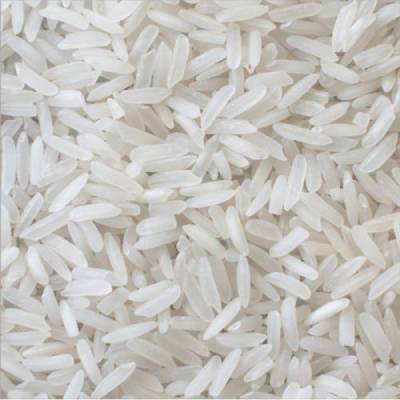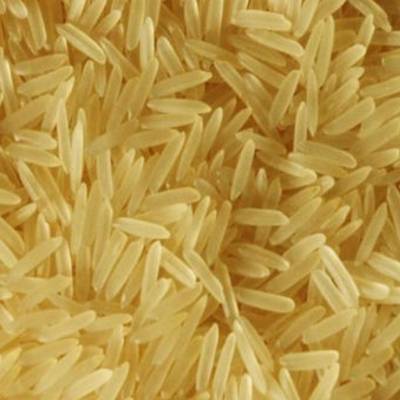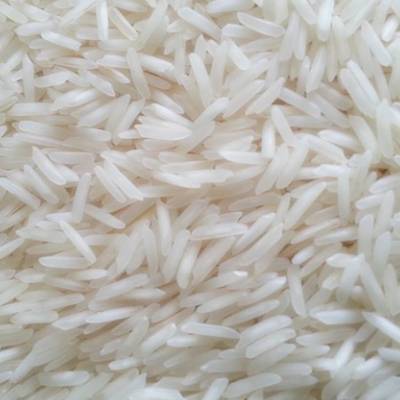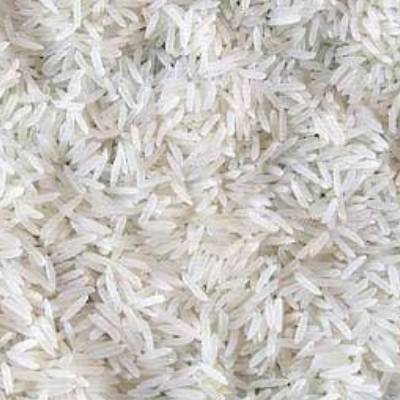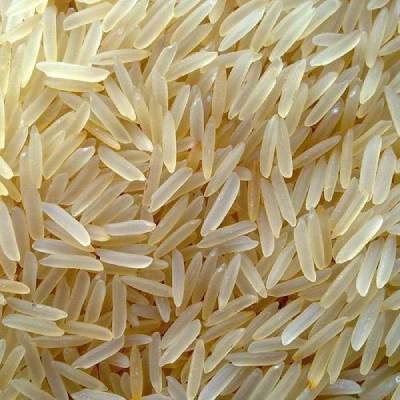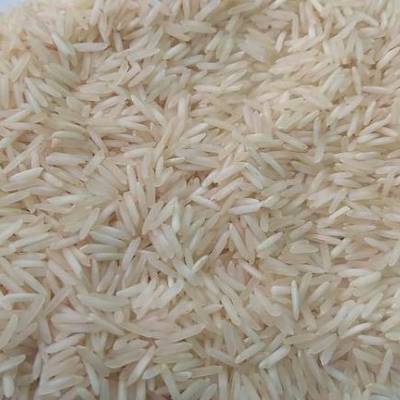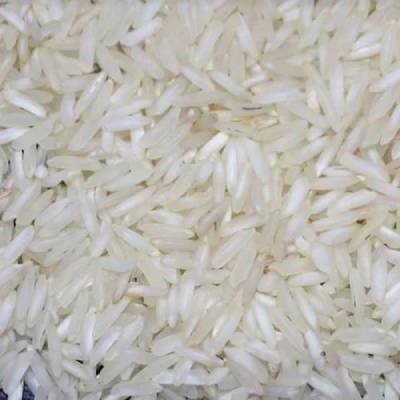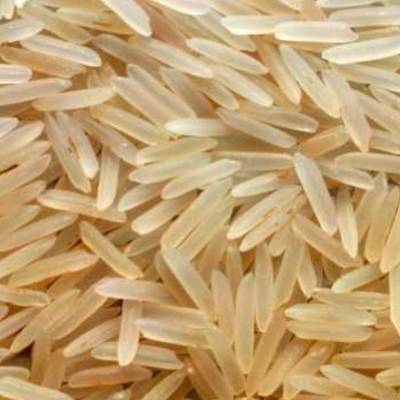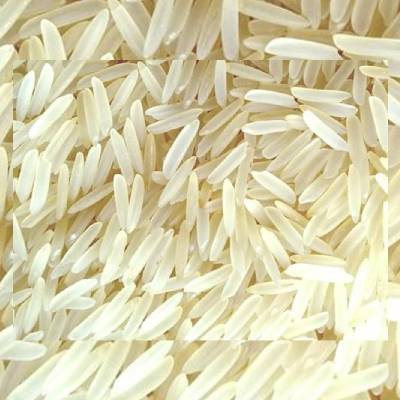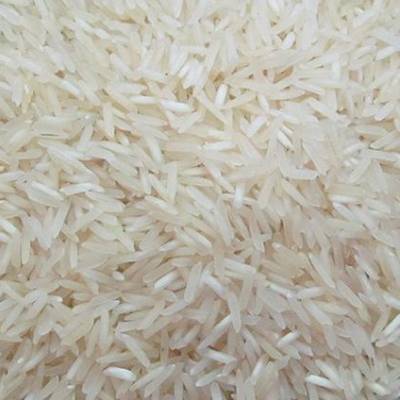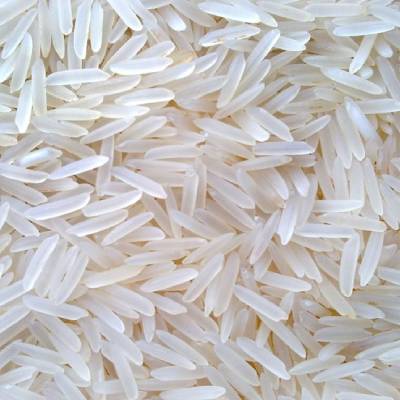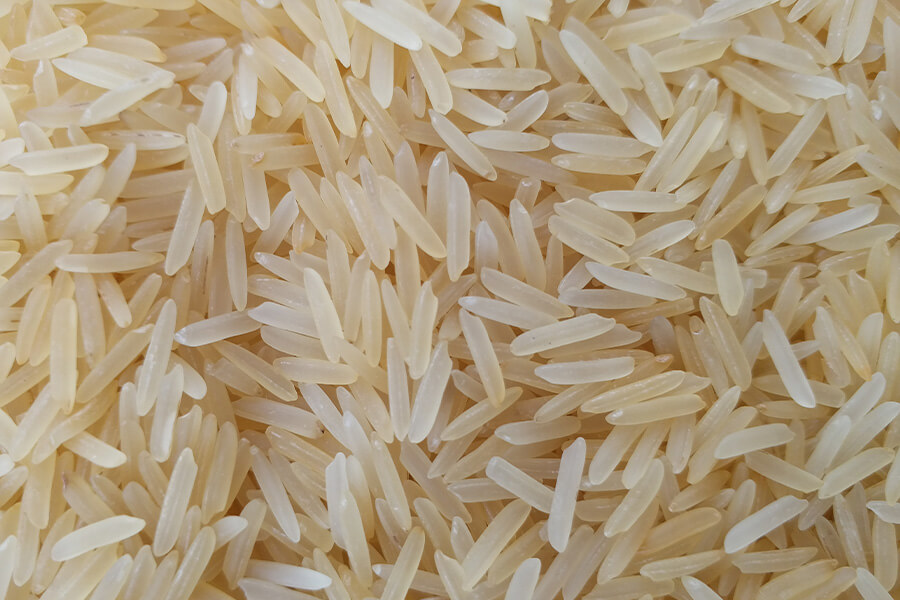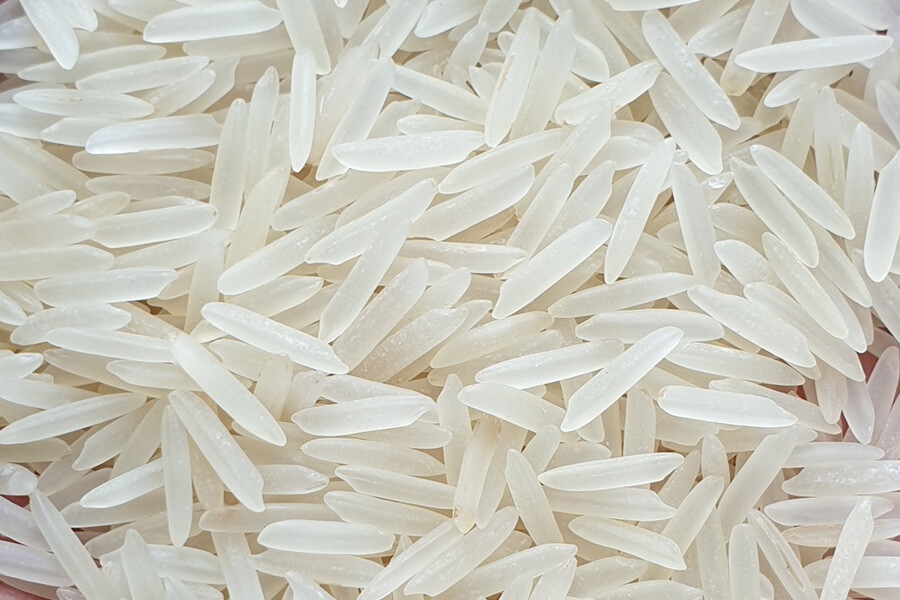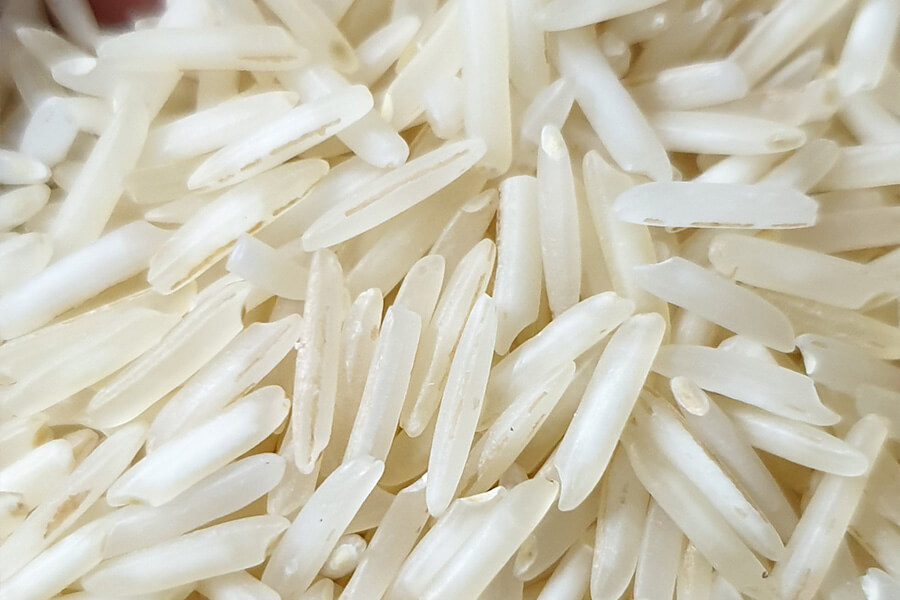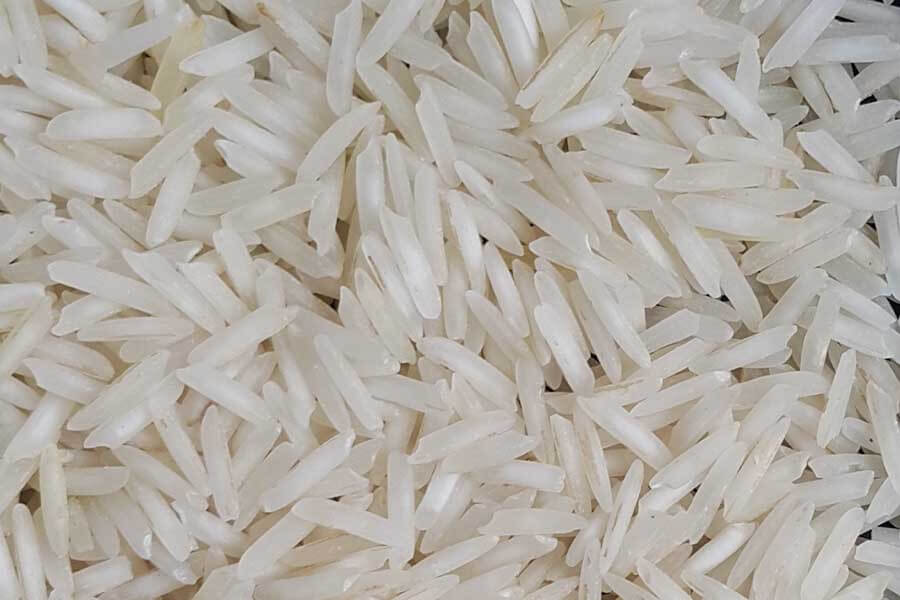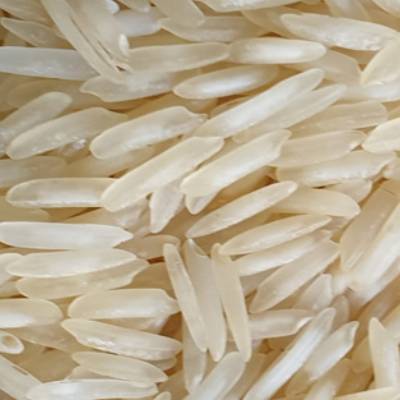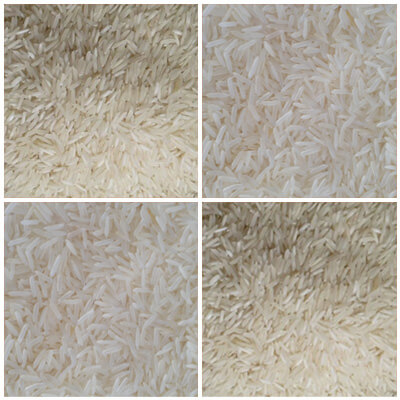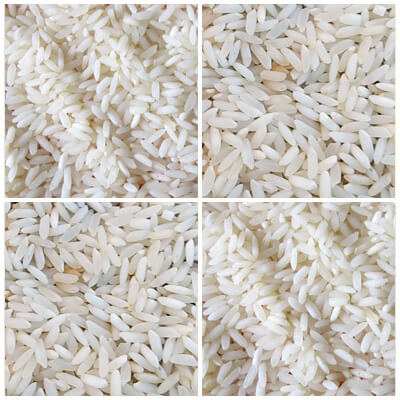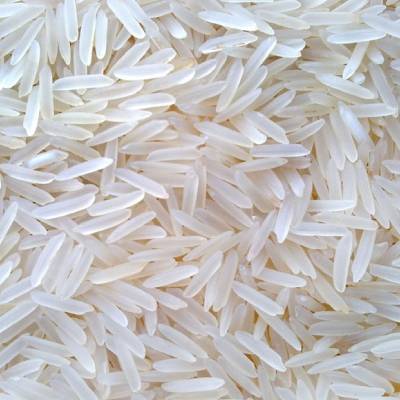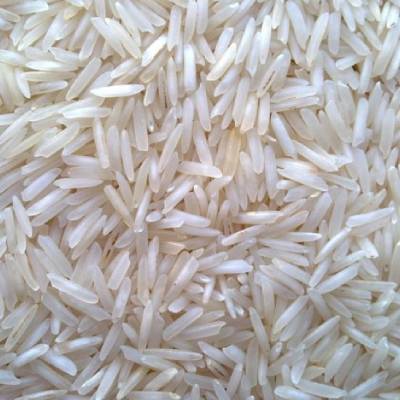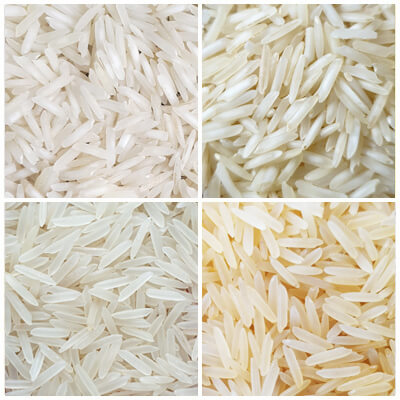FAQ's
FAQ's
Several factors influence rice import and export, including global supply and demand, price fluctuations, government policies, trade agreements, weather conditions, and production levels in different countries.
The largest rice exporters vary from year to year, but traditionally, countries like Thailand, Vietnam, India, the United States, and Pakistan have been major players in the global rice export market.
The largest rice importers also change over time, but some of the prominent importers include China, Nigeria, the Philippines, Iran, Indonesia, and Bangladesh. These countries have high populations and significant rice consumption.
The most common types of rice traded in the global market are long-grain, medium-grain, and short-grain rice. Each type has different characteristics and is used for various culinary purposes.
Yes, countries often have specific regulations and restrictions on rice import and export. These regulations may include import quotas, tariffs, quality standards, phytosanitary requirements, and certifications to ensure food safety and protect domestic markets.
The quality of rice is assessed based on various factors such as grain size, color, texture, moisture content, milling quality, broken grain percentage, and presence of impurities. International organizations and standards, such as the International Organization for Standardization (ISO), provide guidelines for quality assessment.
Rice importers and exporters face several challenges, including price volatility, currency fluctuations, transportation and logistics issues, changing trade policies, political instability, climate change, and competition in the global market.
Rice import and export can have significant impacts on local economies. For exporting countries, it can contribute to foreign exchange earnings, employment generation, and overall economic growth. Importing countries rely on rice imports to meet domestic demand and stabilize prices. However, both scenarios can have drawbacks, such as dependence on global markets and potential negative effects on small-scale farmers.
Rice import and export can impact food security differently in various countries. Importing rice can help meet domestic demand and ensure a stable food supply in countries that cannot produce enough rice locally. However, heavy reliance on imports may also make a country vulnerable to price fluctuations and supply disruptions, affecting food security negatively.
Yes, there are sustainable practices and certifications related to rice production, such as organic farming, fair trade certifications, and sustainable farming methods. These practices aim to promote environmental conservation, fair trade principles, and social responsibility throughout the rice supply chain. Some certifications include the Organic, Fair Trade, and Rainforest Alliance labels.
The delivery time for shipments can vary depending on various factors such as the origin and destination locations, mode of transportation (air, sea, land), customs clearance procedures, and any unforeseen delays. It is best to check with your shipping provider for estimated delivery times based on your specific circumstances.
If your shipment is delayed, the first step is to contact your shipping provider or logistics company to inquire about the reason for the delay. They can provide you with updated information and assistance in resolving the issue. Additionally, you may want to review your shipping contract or agreement to understand your rights and any remedies available to you.
Most shipping providers offer tracking services that allow you to monitor the status of your shipments. Typically, you will be provided with a tracking number or reference code that can be entered on the provider’s website or through a tracking app. This will provide you with real-time updates on the location and estimated delivery time of your shipment.
In the unfortunate event that your shipment is lost or damaged during transit, you should immediately notify your shipping provider and file a claim. Provide them with all relevant details and documentation, such as the shipping invoice, proof of value, and evidence of the loss or damage. The shipping provider will guide you through the claims process and work towards resolving the issue.
Whether you can change the delivery address of your shipment depends on various factors such as the shipping provider’s policies, the stage of the shipment, and any additional costs involved. It is recommended to contact your shipping provider as soon as possible to inquire about the possibility of changing the delivery address and any associated requirements or fees.
The specific documents required for international shipments can vary depending on the origin and destination countries, as well as the nature of the goods being shipped. Commonly required documents include commercial invoices, packing lists, certificates of origin, shipping labels, export licenses (if applicable), and any specific customs forms or declarations. It is crucial to check the customs regulations of the countries involved and consult with your shipping provider or customs broker for accurate information.
Yes, you can generally insure your shipments to protect against loss or damage during transit. Many shipping providers offer insurance options, or you can choose to work with a third-party insurance provider. It is advisable to carefully review the insurance terms and coverage limits before purchasing a policy to ensure it meets your needs.
Customs clearance involves the necessary procedures and documentation required to allow your shipments to enter or exit a country legally. This process includes submitting customs declarations, providing supporting documents, paying any applicable duties or taxes, and complying with customs regulations. The specific requirements and procedures vary between countries, and it is recommended to work with a customs broker or shipping provider experienced in international trade to facilitate the customs clearance process.
Yes, you can often request special handling for your shipments based on your specific requirements. This may include services such as temperature-controlled transportation, fragile item handling, hazardous material handling, or expedited delivery
